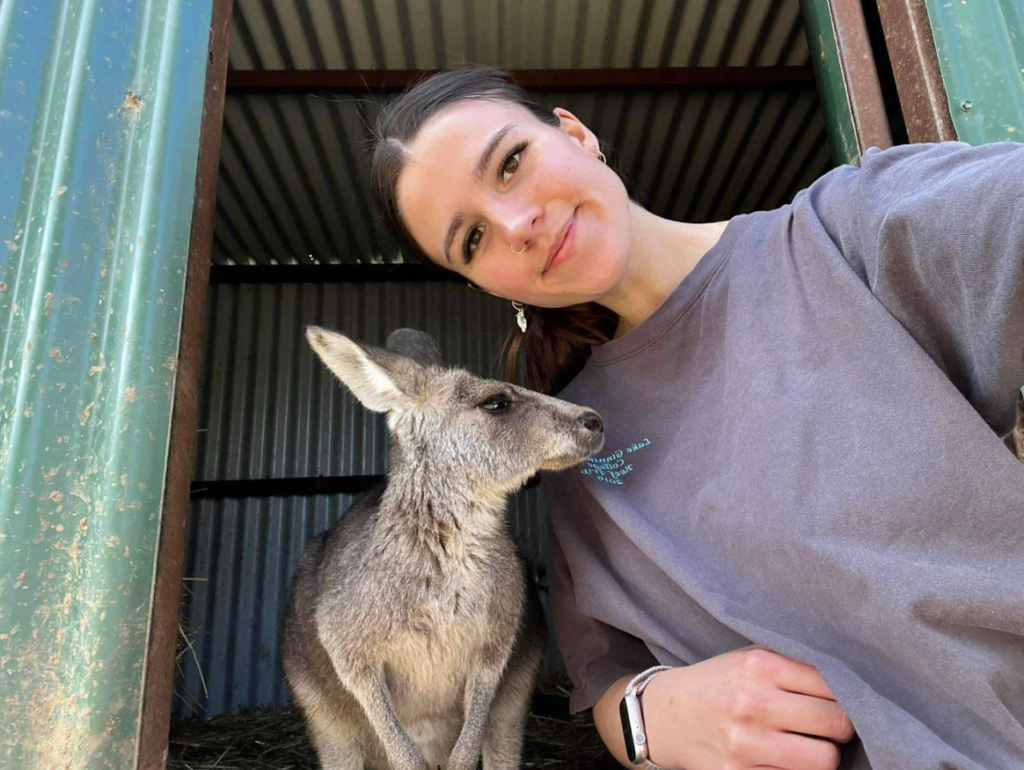These signals are designed to deter animals, particularly kangaroos, from crossing the road when a vehicle is approaching. The technology does not harm wildlife or require fencing that restricts animal movement across the landscape.
Virtual fencing has proven effective in reducing wildlife-vehicle collisions. On the NSW South Coast, 1.1kms (46 posts) of virtual fencing were installed on 8 October 2022. Prior to that installation and during the peak holiday season, wildlife rescue volunteers and council staff were attending up to five wildlife strikes per week. After the virtual fencing was installed, only five kangaroos were struck in eight months. That is a 90% reduction in kangaroo fatalities along a known hotspot.
Canberra’s wildlife advocates took note, and are proposing a virtual fencing trial at a known kangaroo fatality hotspot. In September, ACT Greens Deputy Leader, Jo Clay, tabled a community petition signed by 1350 people. It calls for a trial of virtual fencing along Erindale Drive to reduce collisions with wildlife, kangaroos and wombats. If effective, the trail on Erindale Drive between Farrer Ridge and Wanniassa Hills could be expanded to other known hot spots.


